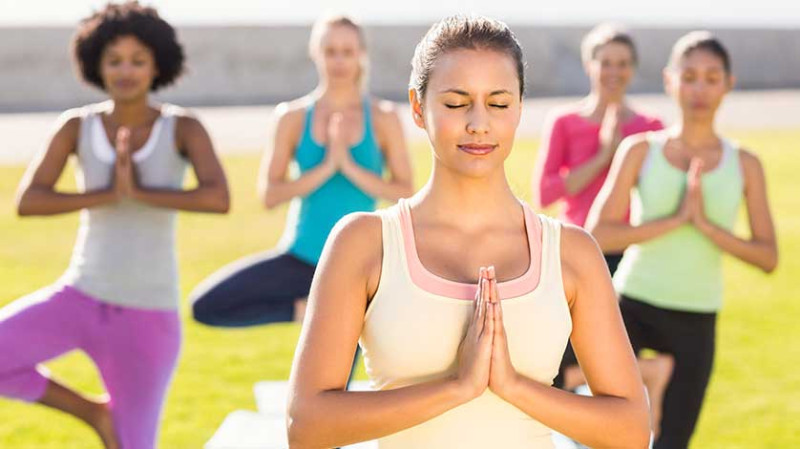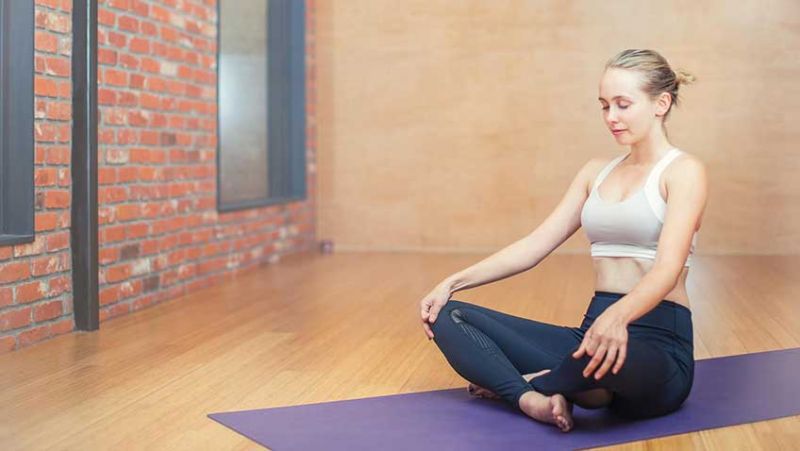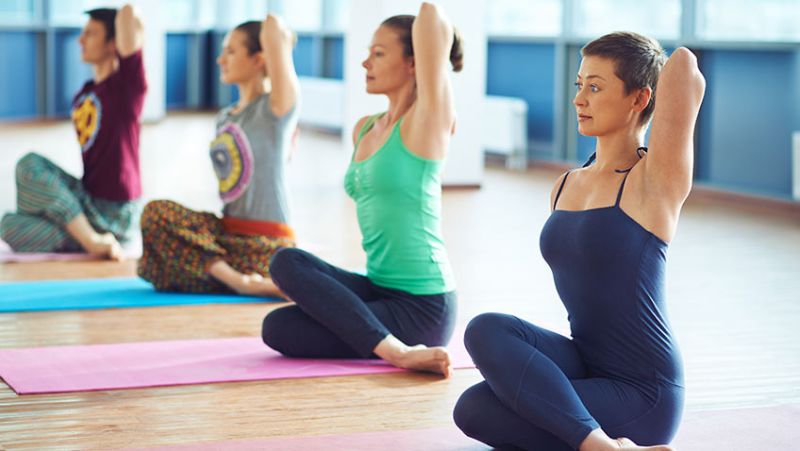
Yoga is more than just a physical practice; it is a holistic approach to wellness that encompasses the mind, body, and spirit. Whether you are a beginner or an experienced practitioner, understanding the benefits of yoga can enhance your practice and improve your overall quality of life. In this comprehensive guide, we will explore the numerous benefits of yoga, provide tips for beginners, and discuss how to deepen your practice.
What is Yoga?
Yoga is an ancient practice that originated in India over 5,000 years ago. It combines physical postures (asanas), breathing techniques (pranayama), and meditation to promote physical and mental well-being. The word "yoga" comes from the Sanskrit word "yuj," which means to unite or join, symbolizing the union of body, mind, and spirit.
The Physical Benefits of Yoga
One of the most well-known benefits of yoga is its positive impact on physical health. Here are some key physical benefits:
1. Improved Flexibility
Regular yoga practice can significantly increase flexibility. Many yoga poses stretch and lengthen muscles, helping to improve your range of motion and reduce the risk of injury.
2. Increased Strength
Yoga requires you to support your body weight in various poses, which builds strength in different muscle groups. This can lead to improved muscle tone and overall strength.
3. Better Posture
Yoga encourages awareness of body alignment and posture. Practicing yoga can help correct imbalances and promote better posture, reducing strain on the spine and muscles.
4. Enhanced Balance
Many yoga poses focus on balance, which can improve stability and coordination. This is especially beneficial as we age, helping to prevent falls and injuries.
5. Pain Relief
Yoga has been shown to alleviate chronic pain conditions, such as lower back pain, arthritis, and migraines. The combination of stretching, strengthening, and relaxation techniques can help reduce tension and discomfort.
The Mental Benefits of Yoga
In addition to physical benefits, yoga offers numerous mental health advantages:
1. Stress Reduction
Yoga promotes relaxation and mindfulness, which can significantly reduce stress levels. The practice encourages deep breathing and meditation, helping to calm the mind and body.
2. Improved Focus and Concentration
Yoga requires concentration and mindfulness, which can enhance cognitive function and improve focus. This can be particularly beneficial in today’s fast-paced world.
3. Emotional Balance
Yoga encourages self-awareness and emotional regulation. Practicing yoga can help you manage your emotions, leading to greater emotional stability and resilience.
4. Enhanced Mood
Regular yoga practice has been linked to improved mood and reduced symptoms of anxiety and depression. The release of endorphins during yoga can create a sense of well-being and happiness.
The Spiritual Benefits of Yoga
For many, yoga is a spiritual practice that fosters a deeper connection to oneself and the universe:
1. Increased Self-Awareness
Yoga encourages introspection and self-discovery. Through mindfulness and meditation, practitioners can gain a better understanding of themselves and their place in the world.
2. Connection to a Community
Yoga often fosters a sense of community and belonging. Joining a yoga class or group can create connections with like-minded individuals, enhancing your spiritual journey.
3. Mindfulness and Presence
Yoga teaches practitioners to be present in the moment. This mindfulness can extend beyond the mat, helping you to live more fully and appreciate life’s experiences.
Getting Started with Yoga: Tips for Beginners
If you are new to yoga, here are some tips to help you get started:
1. Choose the Right Style
There are many different styles of yoga, each with its own focus and benefits. Some popular styles include:
- Hatha Yoga: A gentle introduction to basic yoga postures.
- Vinyasa Yoga: A dynamic style that links breath with movement.
- Ashtanga Yoga: A rigorous style that follows a specific sequence of poses.
- Yin Yoga: A slow-paced style that focuses on deep stretching and relaxation.
- Restorative Yoga: A gentle practice that uses props to support the body in restful poses.
2. Find a Qualified Instructor
Look for a certified yoga instructor who can guide you through the poses and ensure you are practicing safely. Many studios offer beginner classes that are perfect for newcomers.
3. Invest in Quality Gear
While you don’t need much to start practicing yoga, having a good quality yoga mat and comfortable clothing can enhance your experience. Look for a mat that provides good grip and cushioning.
4. Listen to Your Body
Yoga is about tuning into your body and respecting its limits. Don’t push yourself into poses that feel uncomfortable or painful. It’s important to practice with awareness and patience.
5. Establish a Regular Practice
Consistency is key to reaping the benefits of yoga. Aim to practice regularly, even if it’s just for a few minutes each day. Over time, you will notice improvements in your flexibility, strength, and mental clarity.
Deepening Your Yoga Practice
Once you have established a regular practice, you may want to explore ways to deepen your yoga experience:
1. Explore Advanced Poses
As you become more comfortable with basic poses, consider exploring more advanced postures. This can challenge your body and mind, leading to greater growth and understanding.
2. Incorporate Meditation
Meditation is a powerful complement to yoga. Consider incorporating meditation into your practice to enhance mindfulness and self-awareness.
3. Attend Workshops and Retreats
Participating in yoga workshops or retreats can provide you with new insights and techniques. These experiences can deepen your understanding of yoga and connect you with other practitioners.
4. Study Yoga Philosophy
Understanding the philosophy behind yoga can enrich your practice. Explore texts such as the Yoga Sutras of Patanjali or the Bhagavad Gita to gain deeper insights into the principles of yoga.
5. Connect with a Community
Joining a yoga community can provide support and motivation. Engage with fellow practitioners, share experiences, and learn from one another.
Conclusion
Yoga is a transformative practice that offers a multitude of benefits for the mind, body, and spirit. Whether you are just starting your journey or looking to deepen your practice, the insights shared in this guide can help you make the most of your yoga experience. Embrace the journey, and remember that yoga is not just about the poses; it’s about cultivating a deeper connection with yourself and the world around you.
Frequently Asked Questions (FAQs)
1. How often should I practice yoga?
For beginners, practicing yoga 2-3 times a week is a great start. As you become more comfortable, aim for daily practice, even if it’s just for a short session.
2. Do I need to be flexible to do yoga?
No, flexibility is not a prerequisite for yoga. Yoga is about improving your flexibility over time, and everyone starts at their own level.
3. Can yoga help with weight loss?
While yoga may not burn as many calories as high-intensity workouts, it can promote mindfulness and healthy habits, which can contribute to weight loss.
4. Is yoga suitable for all ages?
Yes, yoga can be adapted for all ages and fitness levels. There are specific classes designed for seniors, children, and individuals with special needs.
5. What should I wear to a yoga class?
Wear comfortable, breathable clothing that allows for movement. Avoid overly loose clothing that may get in the way during poses.




